Size: H 8.5cm - diameter of the saucer 17.5cm
Lit: KPM is an acronym for Königliche Porzellan-Manufaktur Berlin, which translates to “Royal Porcelain Factory in Berlin.” The company was founded in 1763 by Frederick II of Prussia, who bought the factory from its previous owner, Johann Ernst Gotzkowsky, on the edge of its bankruptcy. He invested large sums of money into the company and granted it the use of the royal sceptre as its emblem. He commissioned many KPM porcelain objects to be made in the Rococo style for his palace. In particular, he required KPM artists to make dinner sets matching his extravagant interiors, and he also gave dinner sets as diplomatic gifts. During the late 18thcentury, under the direction Frederick William II, KPM artists revelled in the stylistic changes that emerged with the Neoclassical movement. Inspired by recent discoveries of ancientGreek, Roman, and Egyptian archaeological sites, the KPM Neoclassical porcelain is inspired by classic designs and “pure forms.” Vases in particular were prized for their visual connection to ancient pottery; however, KPM artists also developed painting, applying highly detailed landscapes, townscapes, and seascapes to porcelain objects. Throughout the 19th century, KPM created new and fashionable designs while continuing to produce popular Rococo and Neoclassical pieces. By this time, the royally-funded company was well known across Europe and collected by the social elite. During the early 20th century, the Bauhaus style greatly impacted the production of KPM porcelain.
From the company’s founding in 1763 to the abdication of Emperor William II in 1918, KPM was owned by seven kings and emperors. KPM porcelain made during this period reflects not only the fashions of the time but also Prussian royal taste. The German state took over the company in 1918 and since 2006, KPM is privately owned.


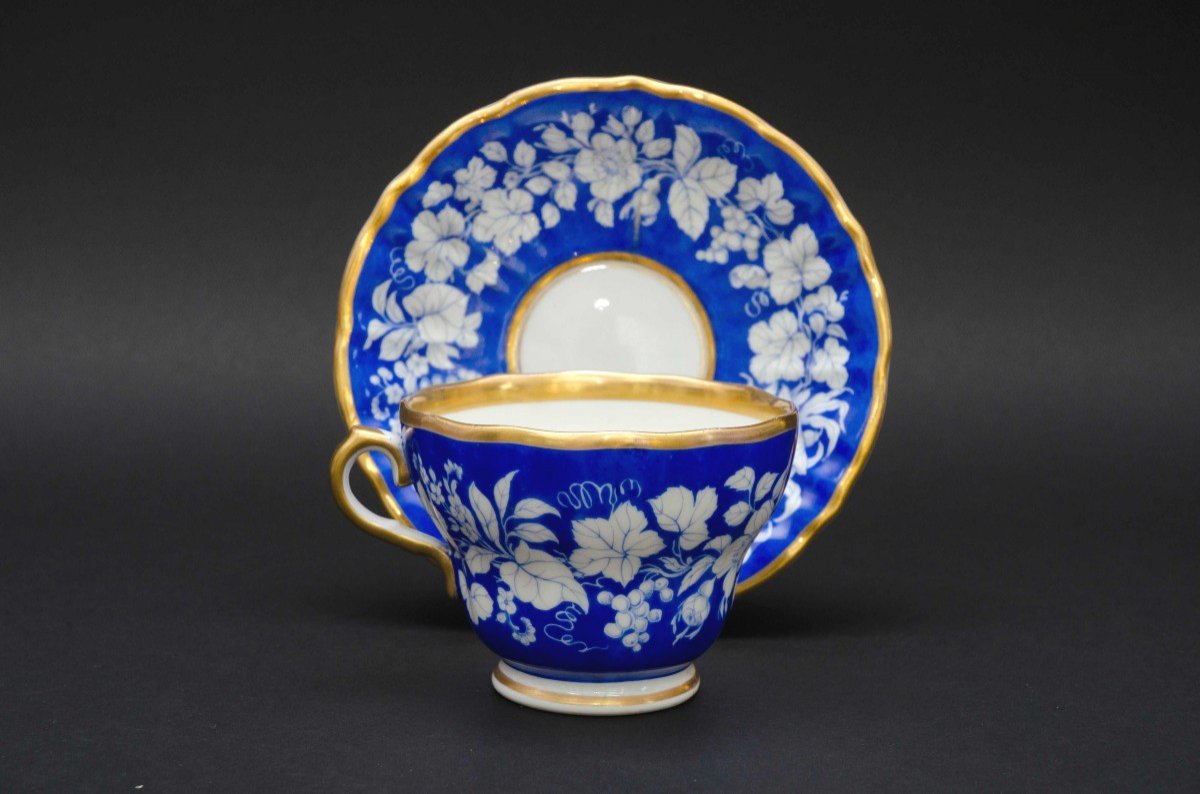
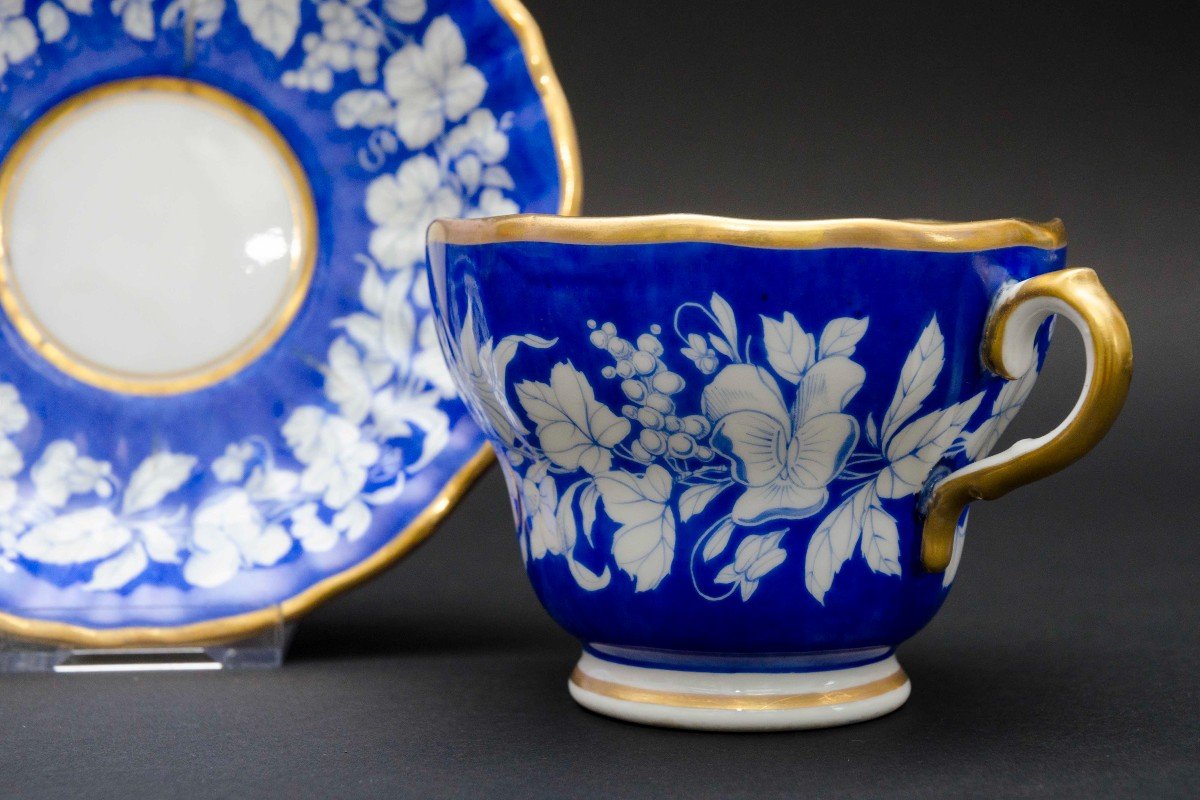

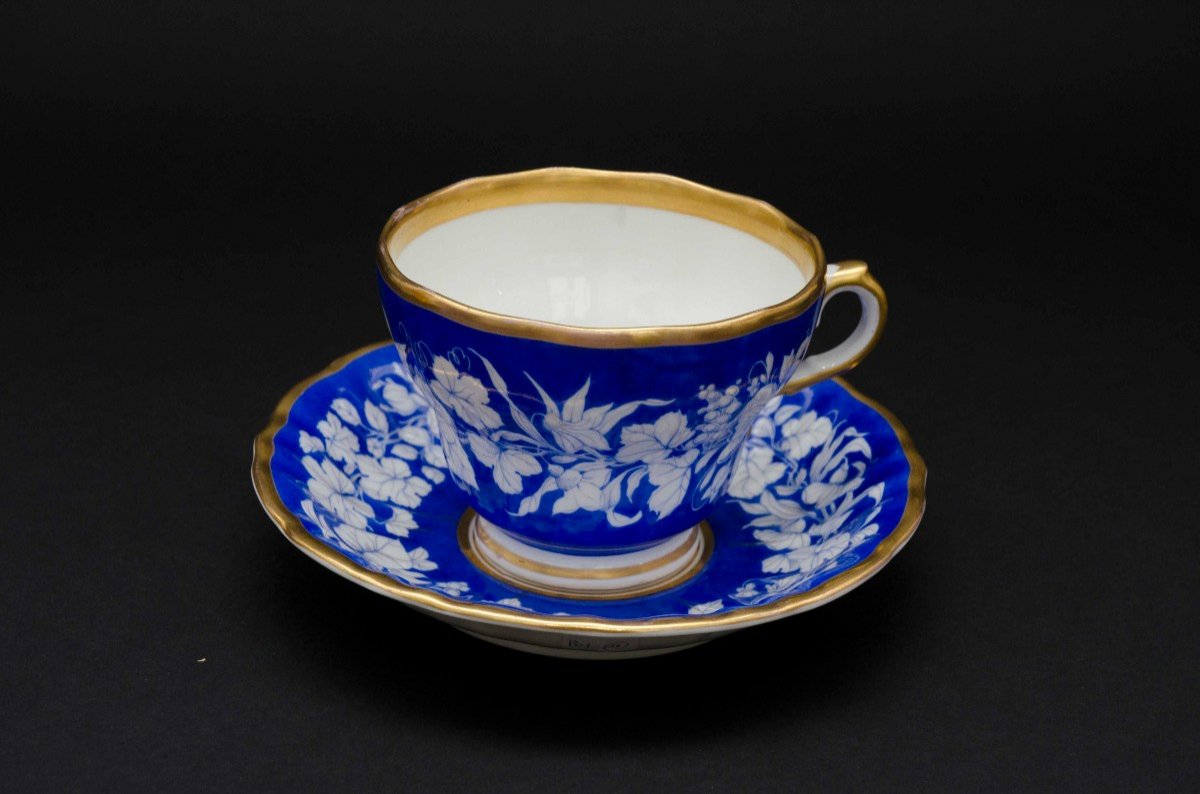
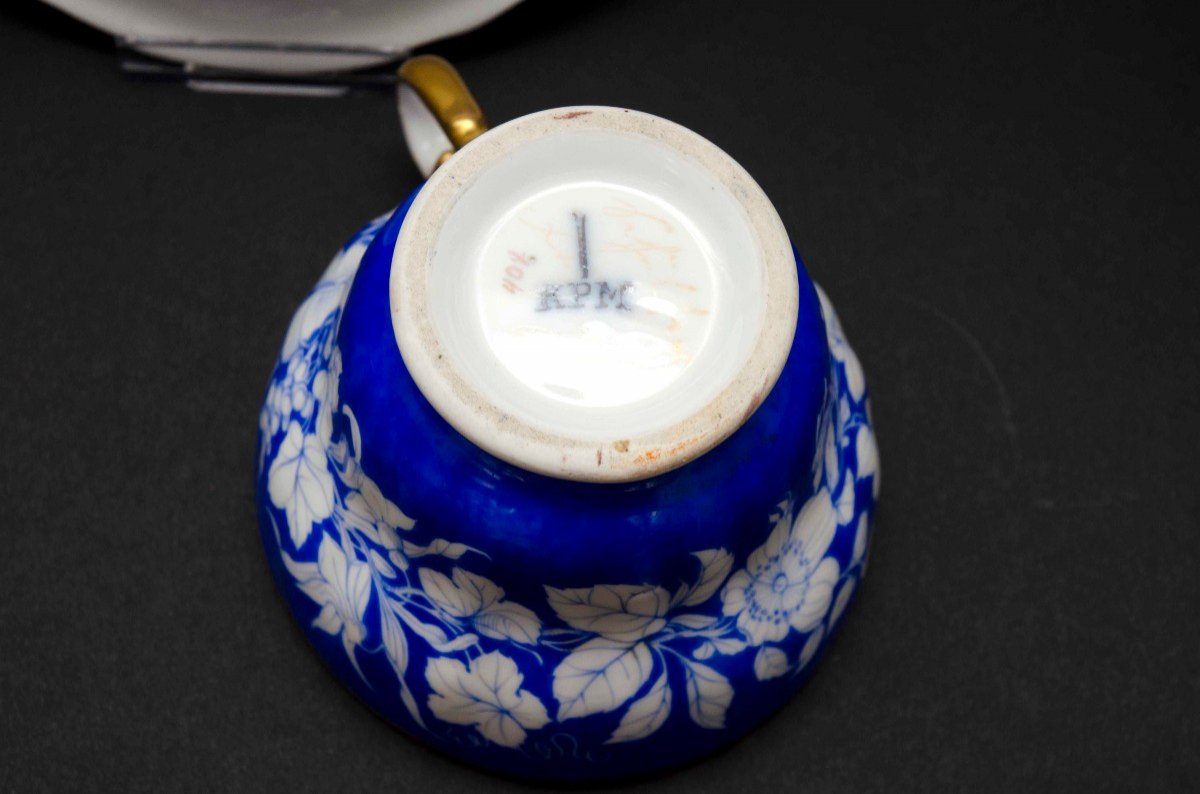
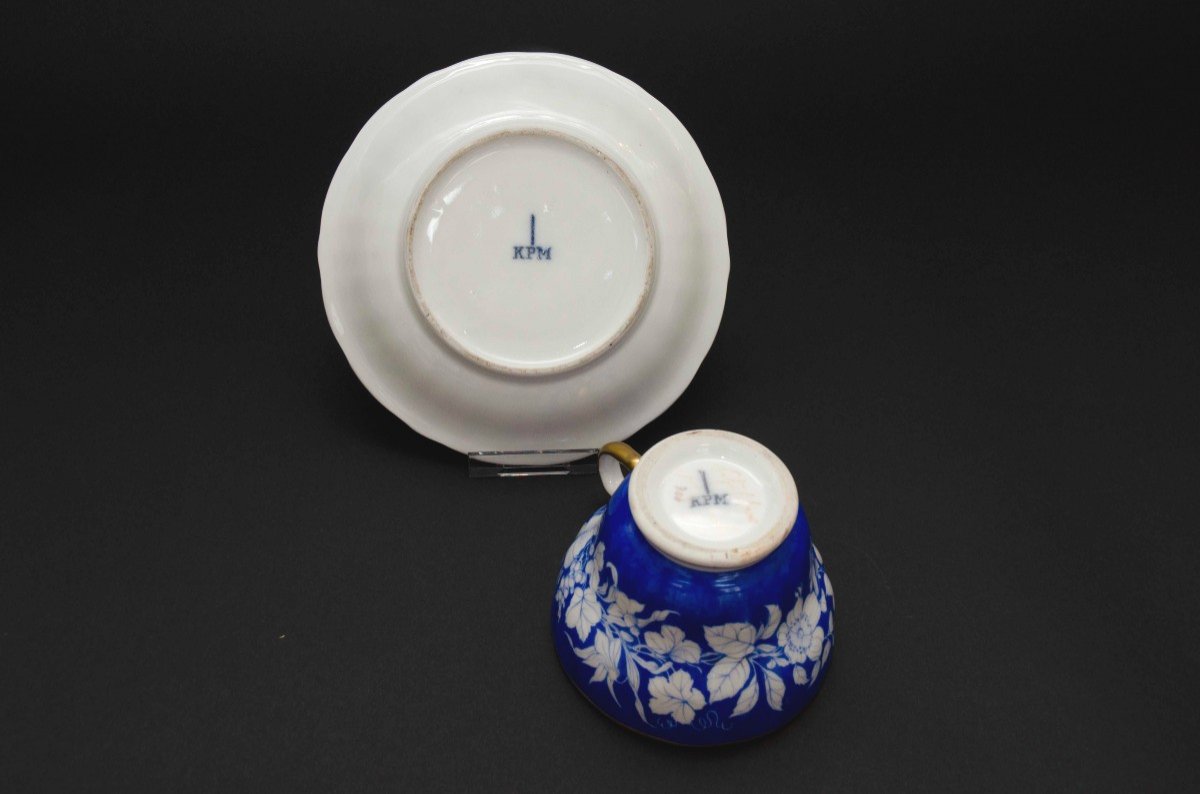
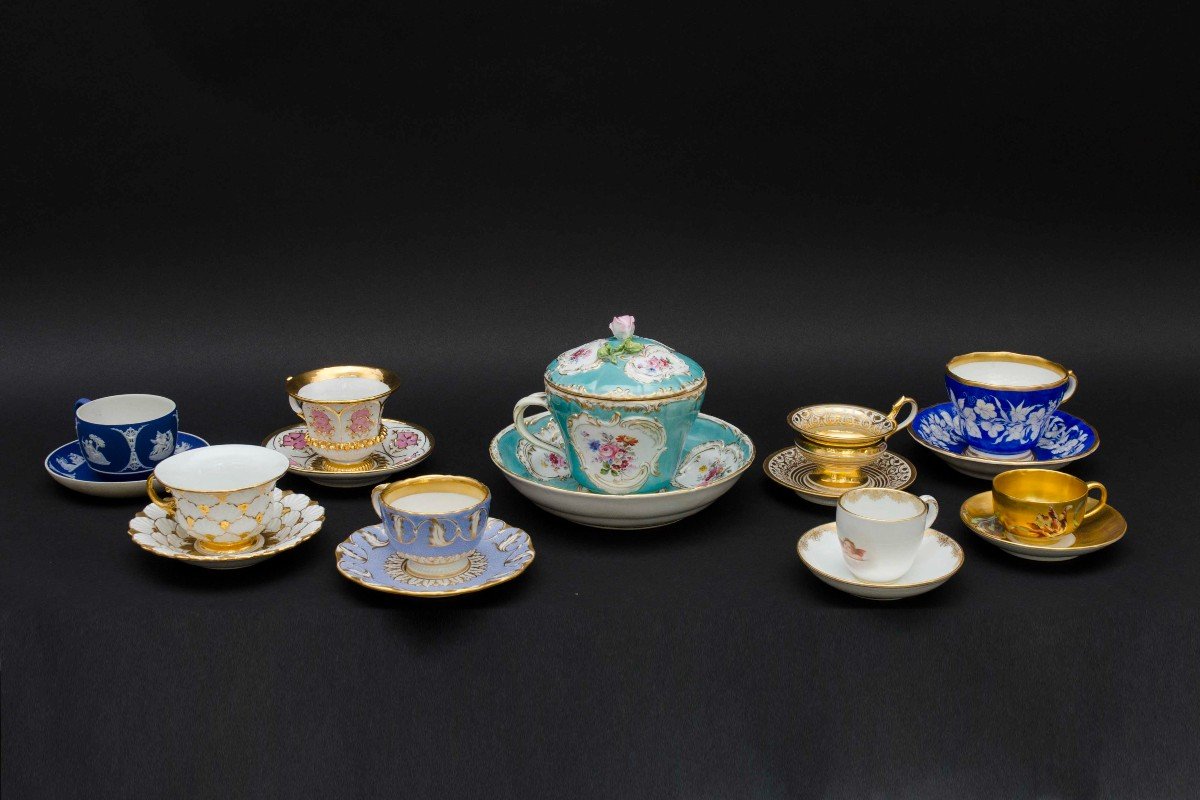








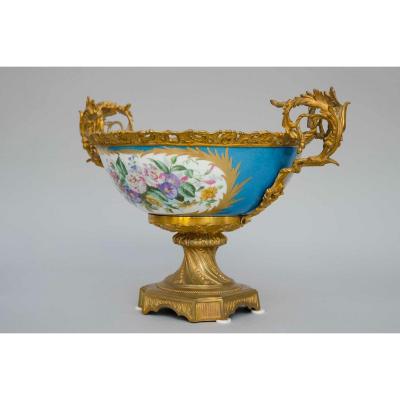
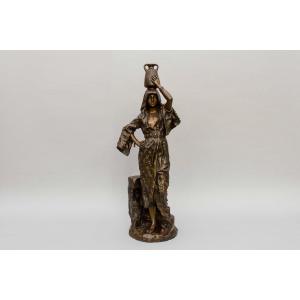





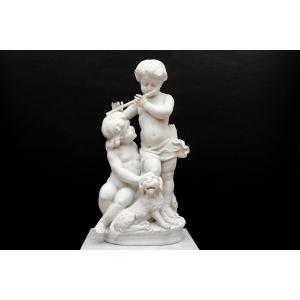

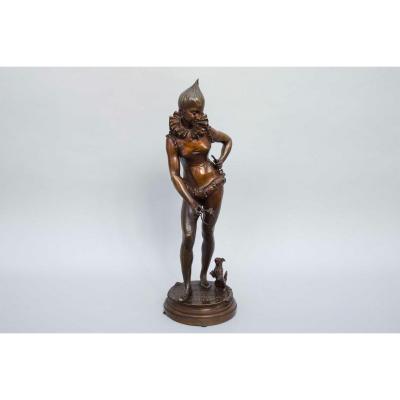
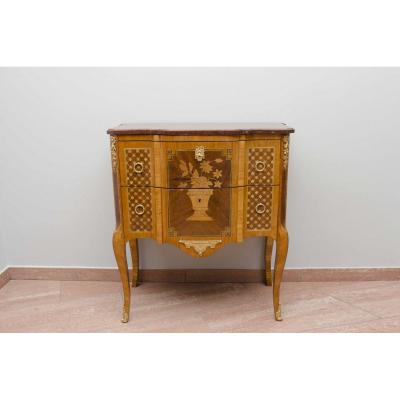

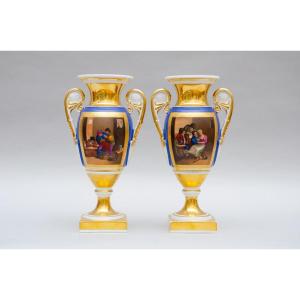
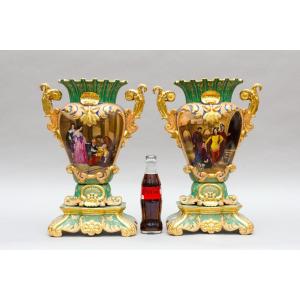



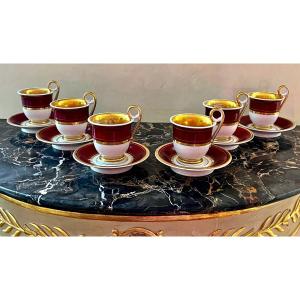

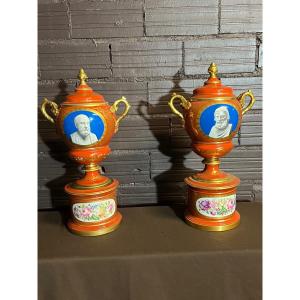



 Le Magazine de PROANTIC
Le Magazine de PROANTIC TRÉSORS Magazine
TRÉSORS Magazine Rivista Artiquariato
Rivista Artiquariato